[ad_1]
Business slang is inevitable in the corporate world.
Whether you’re fumbling for a catchy buzzword or trying to decypher your boss’s request, this list of business lingo will bring you up to speed.
So, grab yourself a coffee, and let’s dive in.
Business Slang You’ve Probably Heard Before
This first group of business slang examples is so common that it’s become part of our everyday language.
Let’s take a deep dive into this office jargon and their meanings.
1. Boil the Ocean
Suggests an individual or team is attempting the impossible or making tasks unnecessarily hard.
Example:
“We’re launching a podcast, not launching a rocket to land on Mars. No need to boil the ocean; let’s just start with the basics.”
2. Herding Cats
Trying to coordinate or manage difficult or challenging people.
Example
“Getting you guys to do anything is like herding cats in a laser pointing factory.”
3. Circle Back
To return to a previous topic of conversation for clarity or intentional focus.
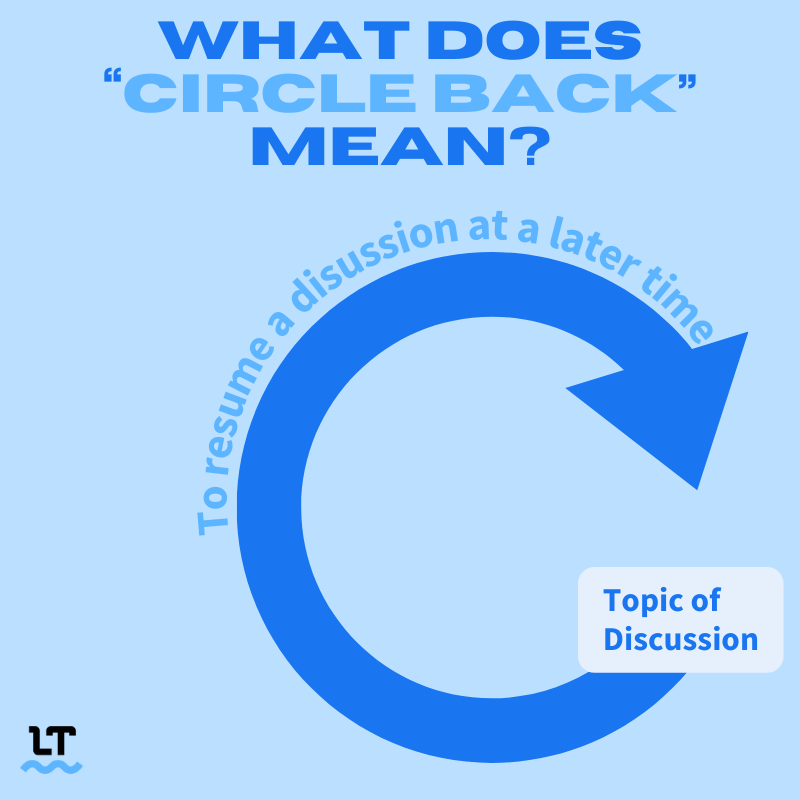
Example:
“Our last meeting got way off track. Let’s circle back to the task at hand and get focused, shall we?”
4. Drink the Kool-Aid
Describes someone who unquestioningly accepts the beliefs and values of a company, often to their detriment and resulting in poor decision making.
Example:
“Looks like Bob has drank the Kool-Aid about the new company mission. He even printed it on his shirt.”
5. Synergy
Describes a greater and more positive effect when two or more people work together over working separately.
Example:
“The synergy of our team is like something out of an Avengers movie.”
6. Throw Under the Bus
When someone gets blamed or betrayed, often for someone else’s personal gain.
Example:
“Did you hear that John got taken off the project? Yeah, he got thrown under the bus big time!”
7. Touch Base
To casually meet with one or more people to discuss tasks or a project and get everyone on the same page.
Example:
“Can we touch base and go over all these business terms? I’m starting to get lost.”
8. Move the Needle
To make a measurable change or progress towards a goal.
Example:
“Installing that new coffee machine has really moved the needle on the team’s productivity.”
9. Jump the Shark
A desperate attempt to keep clients interested in a product or company ultimately results in negative consequences.
Example:
“Coca-Cola totally jumped the shark when they released the new formula of New Coke, back in 1985.”
10. Take it Offline
A metaphor that means to stop talking about a particular subject.
Example:
“This topic isn’t getting us anywhere; let’s take it offline, shall we?”
11. Run It Up the Flagpole
To present a product or idea to a team or market to see if there’s a positive reaction.
Example:
“The marketing strategy is almost done; let’s run it up the flagpole before finalizing it.”
12. Think Outside the Box
To think of ideas or solutions to problems that require creative thinking or a different perspective.
Example:
“We need to think outside the box on this one, guys; I propose we discuss this further over a game of goal.”
13. Onboard
To familiarize an employee with company procedures, their role, or products and services.
Example:
“We need to onboard John into his new role this week so he knows what he’s doing.”
14. Granular
Getting really specific into the details of a project or task.
Example:
“Can you go over the project with Paul in granular detail so he knows exactly what he’s doing?”
15. Win-Win
A situation that results in both people or parties achieving a positive result.
Example:
“The new partnership with the marketing firm was a huge win-win.”
16. Due Diligence
To investigate and verify the standing of a business, such as financial records.
Example:
“When looking at websites for sale, it’s important to conduct thorough due diligence before making a purchase.”
Business Slang You’ll Probably Hear at Some Point
You may have heard some of this next group of business jargon and corporate lingo, or you likely will in the near future.
Keep reading to learn of their specific meaning and see how they might be used in a sentence.
17. Organic Growth
Business slang for natural customer acquisition or product development internally.
Example:
“Since the company was launched, 90% of its success has come from organic growth.”
18. Touchpoint
A point of contact or interaction between a company and its customers.
Example:
“Every email that’s sent to our clients is a touchpoint that can either strengthen or weaken the relationship.”
19. Ecosystem
Purposeful interconnectedness of organizations, individuals, resources, and processes to function more effectively.
Example:
“Startups in Silicon Valley have created an ecosystem that fosters rapid technological advancement.”
20. Elevator Pitch
A persuasive speech that sparks interest and that’s short enough to be presented during an elevator ride.
Example:
“I’d like to go over my elevator pitch for the upcoming investor meeting.”
21. Pain Point
A specific problem that prospective customers are experiencing within your market.
Example:
“The newest feature of our product tackles the customer’s pain point they didn’t even know they had.
22. Bottom Line
Refers to the net income or profit of a company.
Example:
“These coming meetings are crucial as they directly impact our bottom line.”
23. Take to Market
The process of launching a new product or service to the public.
Example:
“After months of development, we’re finally ready to take our new app to market.”
24. Brick and Mortar
A physical store or business as opposed to one that operates exclusively online.
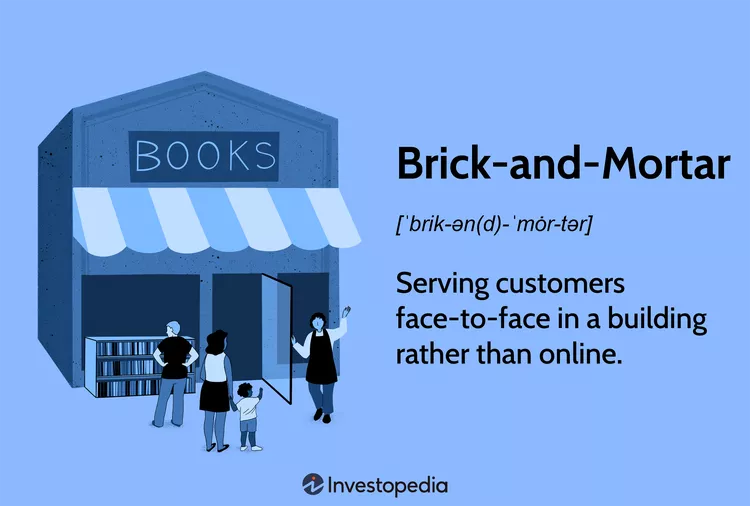
Example:
“Even in the digital age, there’s still value in having a brick-and-mortar presence.”
25. Deliverable
A tangible or intangible item needed to complete (or deliver) a project.
Example:
“The deliverables for the project are due by the end of this week.”
26. Pivot
To change the direction of a business strategy or reposition a brand entirely.
Example:
“The initial idea for the app didn’t gain traction, so we decided to pivot to something different.”
27. Data Mining
The process of finding patterns and trends from large sets of data.
Example:
“We use data mining techniques to extract valuable insights for improved social media marketing efforts.”
28. Leverage
To use something for maximum advantage, like AI content generators to save time and money on the launch of a new blog.
Example:
“We leveraged AI technology to publish 300 articles at a fraction of the cost.”
29. Bandwidth
Metaphorically, it refers to the amount of time and energy an individual has to handle a task or project.
Example:
“I’d love to help out, but I don’t have the mental bandwidth this week.”
30. Low-Hanging Fruit
Goals and tasks that are easy to complete but provide substantial results.
Example:
“What are the low-hanging fruits of this project that we can focus on first?”
31. Ballpark Figure
A rough estimate, typically for the cost of something.
Example:
“Just give me the ballpark figure for the website.”
32. Paradigm Shift
A fundamental shift in the way a business or industry operates brings about better results.
Example:
“The global pandemic required a paradigm shift to the way companies hire and manage teams.”
33. Scalable
The capacity for a business to grow exponentially without constraints.
Example:
“The Amazon flywheel is a scalable and highly effective business model.”
34. Exit Strategy
Business slang to describe a plan to leave a company, typically made in advance.
Example:
“Having a clear exit strategy is highly recommended for startups and entrepreneurs.”
35. Buy-In
When a decision or plan has been agreed upon by those involved.
Example:
“We need buy-in from management before launching the new marketing strategy.”
36. Deep Dive
A thorough examination of a topic, project, or issue.
Example:
“Let’s take a deep dive into our podcast analytics so we make improvements.”
37. Engagement
How much an audience interacts with a business’s marketing campaigns, products, or content.
Example:
“Our engagement metrics show that our email marketing campaigns perform better than other channels.”
38. Metrics
Quantifiable measurements, such as page views or sales, that track the performance of a business.
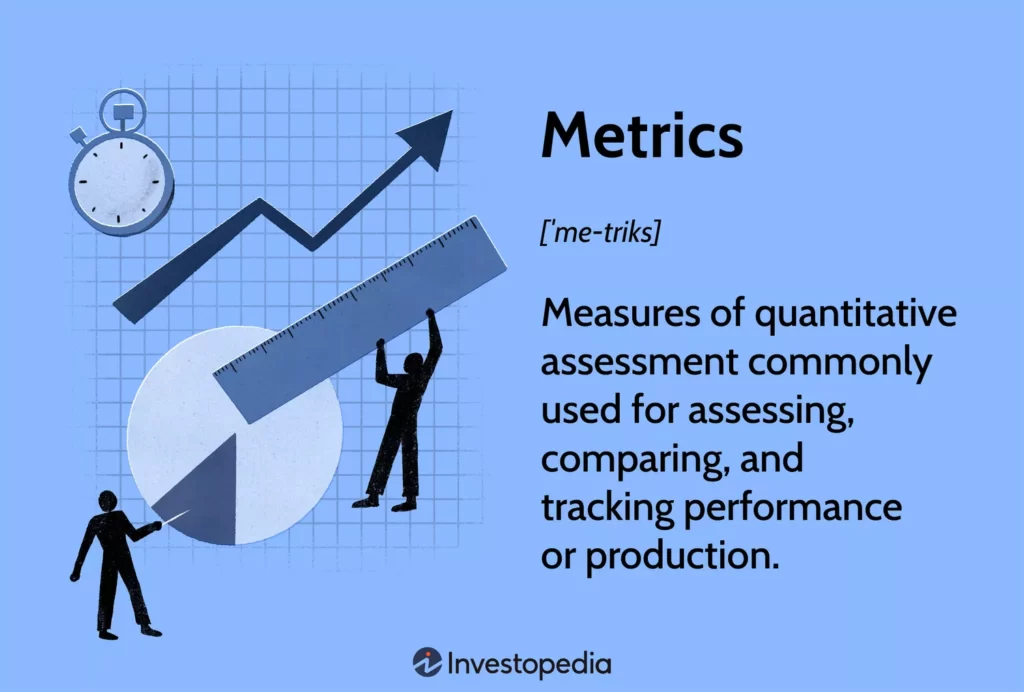
Example:
“Is there a Google analytics alternative that provides better metrics?”
39. Action Item
A task that needs to be completed by an assigned person or teammate.
Example:
“All the action items for the project were successfully identified and assigned to the right people.”
40. Pain Points
Problems that customers face in a particular market.
Example:
“Analyzing our competitors has helped us realize the pain points of potential customers and how to address them.”
41. Customer Centric
A focus on satisfying the needs and desires of customers over business objectives alone.
Example:
“First and foremost, we’re a customer-centric organization that prioritizes the needs of our customers.”
42. Change Agent
An individual or team of people who advocate positive and significant changes within a company.
Example:
“The marketing team are keen change agents, adopting practices that set high industry standards.”
43. Greenfield Project
A project started from scratch with no prior infrastructure or constraints.
Example:
“The company has launched a greenfield project to develop a revolutionary AI software tool.”
Common Business Acronyms
Let’s now move on to these all-important business acronyms, as without any context, you’ll be at a loss.
44. R&D – Research and Development
A department within a company responsible for researching and developing products.
Example:
“It’s common practice for companies to allocate an R&D budget.”
45. USP – Unique Selling Proposition
Describes the unique qualities and benefits of a business and its products.
Example:
“We need a new USP to strengthen our brand.”
46. MVP – Minimum Viable Product
A bare-bones product that satisfies the market enough to provide quick feedback to launch something better.
Example:
“Creating the ideal product from the start will take too much time; let’s launch an MVP first.”
47. P&L – Profit and Loss
A financial statement that summarizes the income and expenses of a company.
Example:
“P&L statements are essential for tracking the bottom line of a company.”
48. HR – Human Resources
A division within a company responsible for hiring employees and other personnel-related matters.
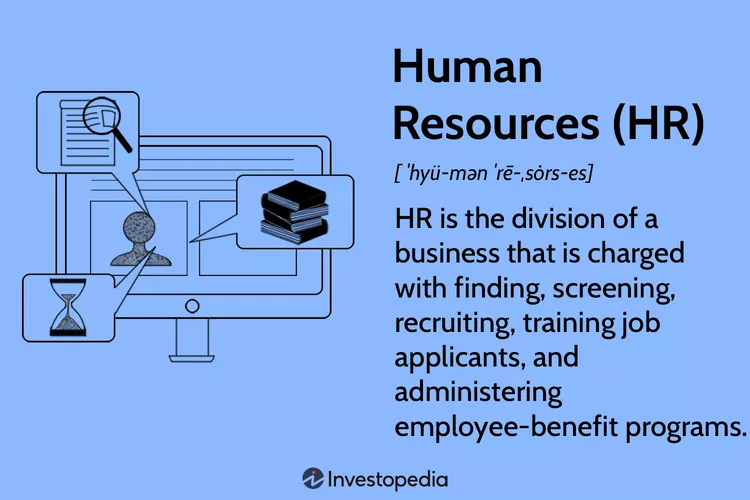
Example:
“New employees are required to attend training arranged by HR.”
49. KPI – Key Performance Indicator
Quantifiable measurements used to assess the performance of a company.
Example:
“Open rate and click-through rate are essential KPIs in our email marketing campaigns.”
50. ROI – Return on Investment
A calculation that measures the returned value after investments have been made.
Example:
“We need to calculate the ROI of our content marketing strategy.”
51. B2B – Business to Business
Describes a transition or interaction between two businesses.
Example:
“We’re shifting our strategy to appeal to B2B clients, not just individuals.”
52. B2C – Business to Consumer
This acronym describes a business that sells primarily to consumers.
Example:
“Our company focuses on the B2C market, but it’s time we branched out to businesses.”
53. SWOT – Strengths, Weaknesses, Opportunities, Threats
A tool used to analyze the strengths, weaknesses, opportunities, and threats of a business or project.
Example:
“We can perform a SWOT analysis for the product launch marketing campaign.”
54. CRM – Customer Relationship Management
A system that helps a company interact and nurture the relationship with customers.
Example:
“After implementing the new CRM, customer satisfaction has significantly improved.”
55. M&A – Mergers and Acquisitions
Describes the consolidation of two or more companies’ assets and liabilities.
Example:
“The recent M&A saw an exponential increase in market presence.”
56. IPO – Initial Public Offering
When a private company starts selling shares of stocks to the public for the first time.
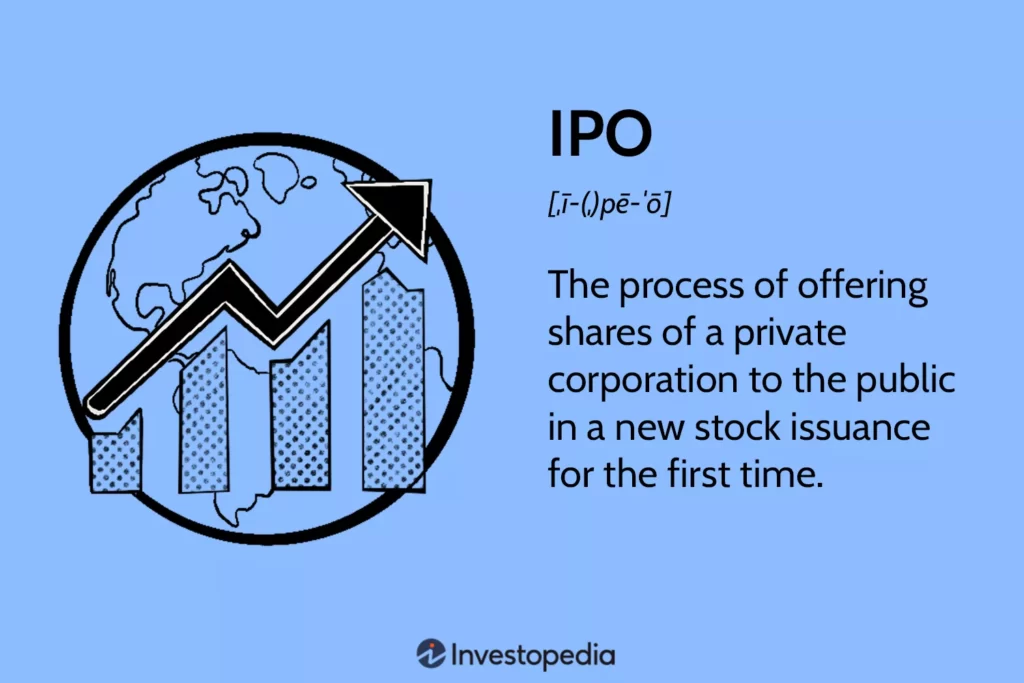
Example:
“Our company is considering an IPO as a means of raising capital for future growth.”
57. PR – Public Relations
A practice for managing the perception of a company by the public.
Example:
“Customers are complaining, and PR are struggling to smooth the situation over.”
58. Q1 – First Quarter
The first three months of the financial year in business.
Example:
“Let’s start the year strong by crushing our Q1 goals.”
59. YTD – Year to Date
Describes the period since the beginning of the current year and the present date.
Example:
“The company’s YTD sales have increased by 18% compared to last year.”
60. MTD – Month to Date
Refers to the duration of time since the beginning of the current month and the present date.
Example:
“Our MTD sales have seen a spike compared to the same period last year.”
61. SOP – Standard Operating Procedures
These are defined processes that a business follows to maintain consistency in daily activities.
Example:
“We’ve made a few tweaks to the SOPs, which will improve everyone’s workflow substantially.”
62. SEO – Search Engine Optimization
The process of optimizing a website’s content so that it performs well in search engines.
Example:
“We added related posts to the blog to increase organic traffic through SEO.”
63. CPC – Cost per Click
The amount advertisers pay every time someone clicks on one of their ads.
Example:
“Our Facebook ad campaign has a much lower CPC than last month.”
64. CRO – Conversion Rate Optimization
The practice of increasing the percentage of visitors becoming subscribers or customers.
Example:
“The marketing agency we hired has improved our CRO by almost 33% in the last 3 months.”
65. DA – Domain Authority
A search engine ranking score developed by Moz to predict how well a website will rank in organic search.
Example:
“We aim to increase our DA this year by investing heavily on backlinks.”
66. PR – PageRank
A Google algorithm that determines the quality and relevance of a webpage.
Example:
“It is unknown whether Google still uses PR as a primary ranking factor in their algorithm.”
67. UX – User Experience
The experience a person has when interacting with a business’s website or products.

Example:
“The new UX of our website has improved the way people find our products, resulting in more sales.”
68. UI – User Interface
Elements of a website or app that a person specifically interacts with.
Example:
“The UI of our mobile app needs a makeover before we launch its newest feature.”
69. CTA – Call to Action
A message designed to influence a person to take a specific action, like buying a product.
Example:
“The CTAs on the sales page aren’t compelling enough. Let’s make some improvements.”
Business Slang in Conclusion
There you have it. An exhaustive list of business slang terms you can amuse your coworkers with.
Using plain English, these business buzzwords will no longer have you scratching your head or browsing a thesaurus.
As cliche as some of these expressions sound, clear communication in business is key.
[ad_2]




